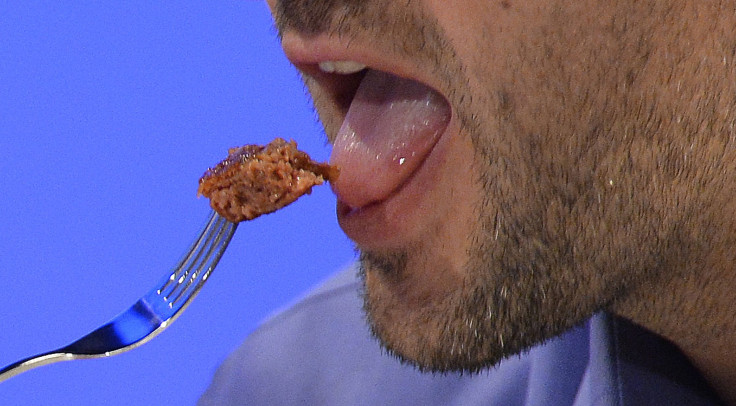Tip Of The Tongue: Taste Buds Create Electrical Activity In Brain To Encode Taste Quality

Sweet, salty, sour, or bitter… what is it you taste? Seemingly, this is the most trivial of all questions, yet the answer has shaped human history since distinctions between nutritious and poisonous foods have been necessary to survival throughout time. Delving more deeply into the perception of taste, a new study finds different tastes evoke particular dynamic patterns of electrical activity all across the brain.
“Impairments in taste perception or hedonic experience of taste can cause deviant eating behavior,” Dr. Kathrin Ohla, German Institute of Human Nutrition in Potsdam and lead researcher, stated in a press release before further explaining her group hopes to extend understanding of taste perception. “This knowledge is essential for the development of strategies to moderate deviant eating behavior.”
As anyone familiar with Chopped knows, it is the mix of tart and sweet, with an underlying sensation of salty bitterness, that keeps the judges coming back for more. However, what is also clear from this popular Food Network show is that taste is one highly subjective experience, with some people better able to distinguish subtle differences in umami than others. What is taste, anyway, if not a sensation produced when a substance in the mouth chemically reacts with cells on our taste buds? Since human beings are unique — chemically and molecularly — each of us naturally perceives taste in an individual way. This, then, leaves the door open to some of us having, let's say, natural abilities, while others suffer from taste impairments, the same as some of us more easily stride along a balance beam than others.
This, then, is what the German researchers who conducted the current study wanted to understand. Do our brains offer clues about what we are tasting? To begin, the researchers asked participants to distinguish between sweet, salty, sour, and bitter tastants (tiny substances to trigger a precise taste) while they recorded each participant’s brain activity. They used an EEG machine, a technology that is capable of measuring the electrical signals generated by billions of neurons in the neocortex — the outer layer of the brain — with millisecond resolution.
What did they see? Different tastes evoked different dynamic patterns of electrical activity across the brain. Importantly, they also discovered quality, or strength of the taste signal, was among the first attributes of any taste recognized.
Based on this information, the team developed an algorithm to discriminate between these electrical patterns. Fed data, the algorithm could decode the pattern of brain-wide activity and predict which taste a participant had received. The algorithm also mimicked each participant's routine confusion of two distinct tastes; reading the electrical patterns, the algorithm routinely got the exact same tastes wrong, mixing up bitterness and saltiness, say, just like the individual participants.
“In future studies, we will go a step further and try to decipher from neural activity how pleasurable a taste was in addition to its category,” said Dr. Niko Busch, a professor at Charité University Medicine in Berlin. Maybe then, their algorithm will fill the judge's seat on Chopped.
Source: Crouzet SM, Busch NA, Ohla K. Taste Quality Decoding Parallels Taste Sensations. Cell Biology. 2015.
Published by Medicaldaily.com



























